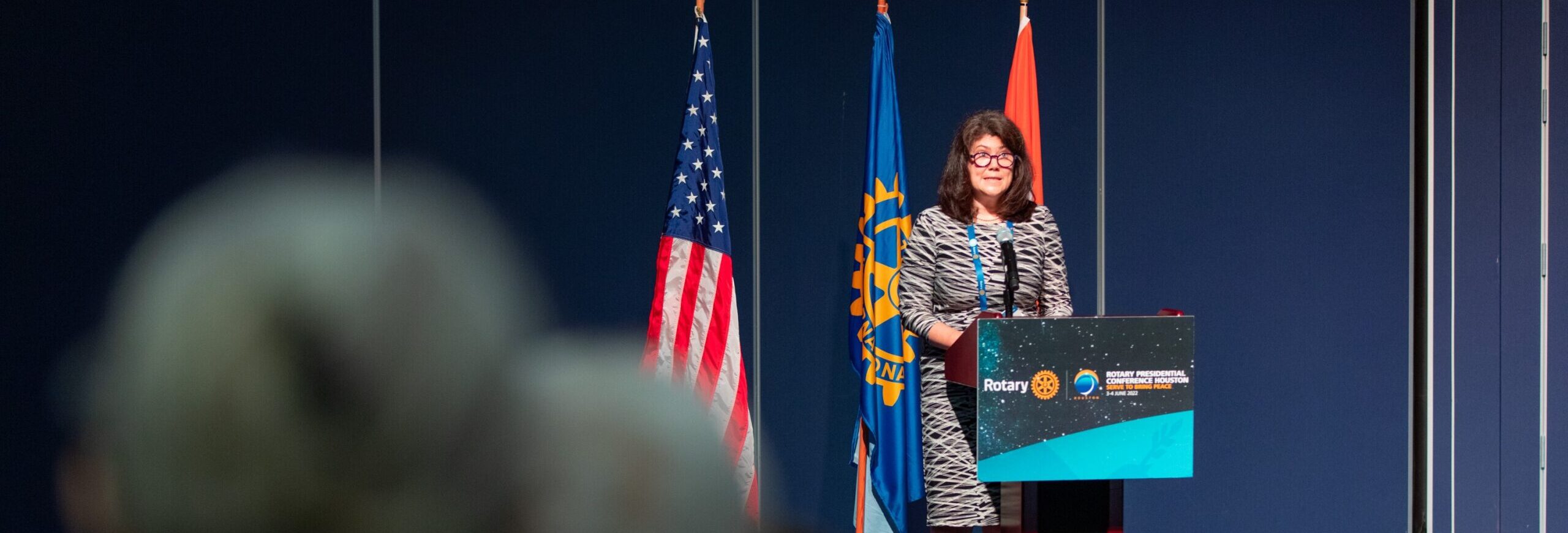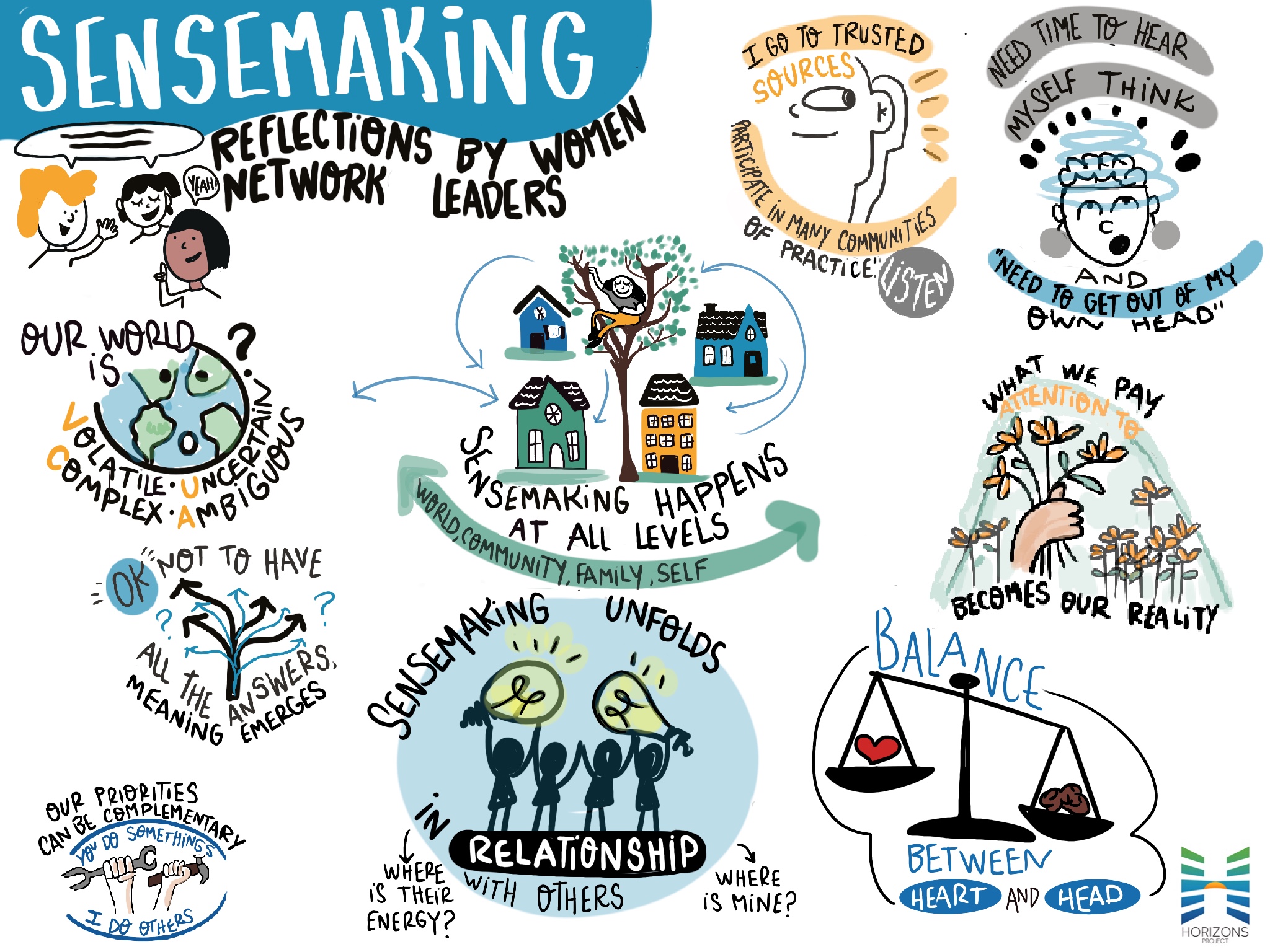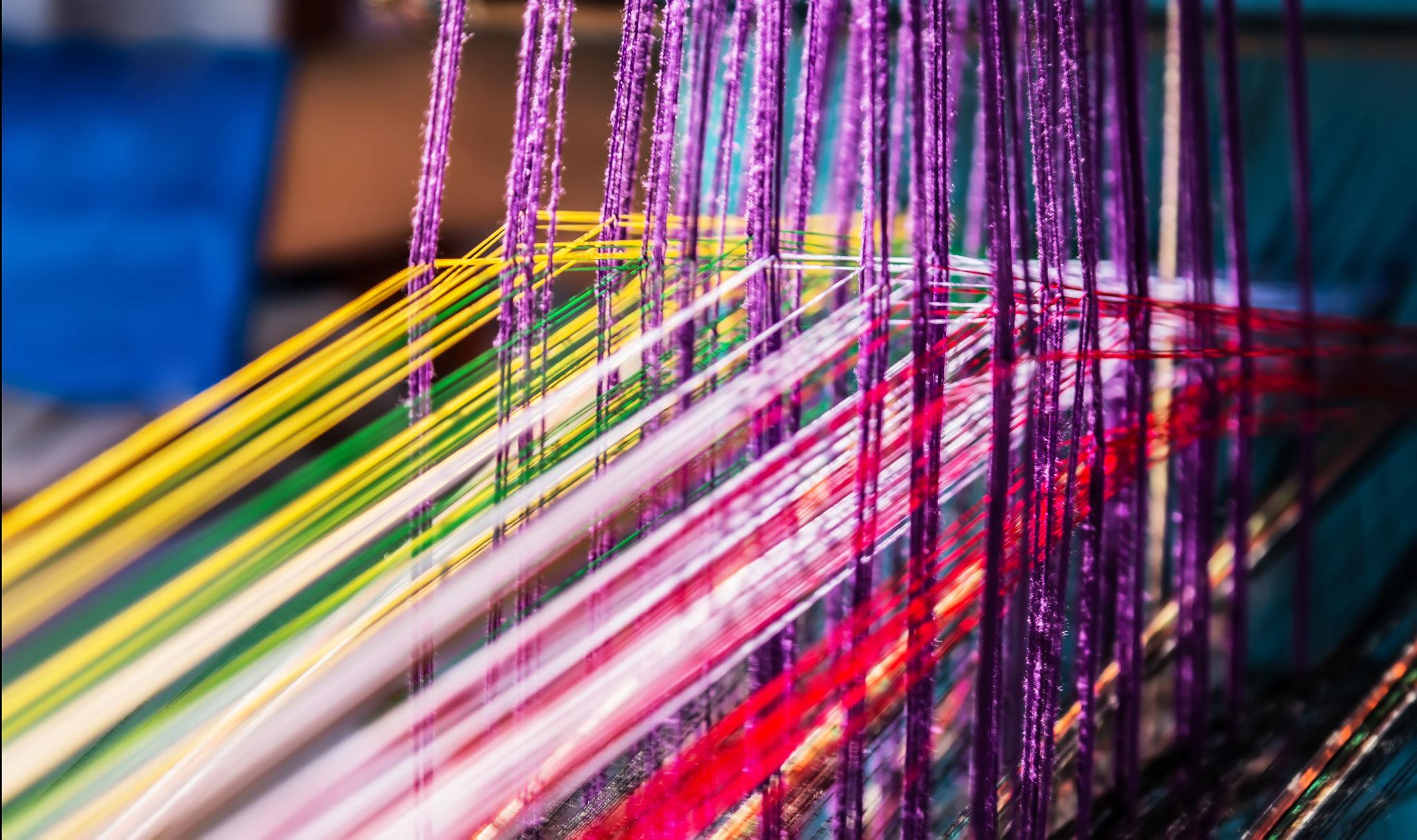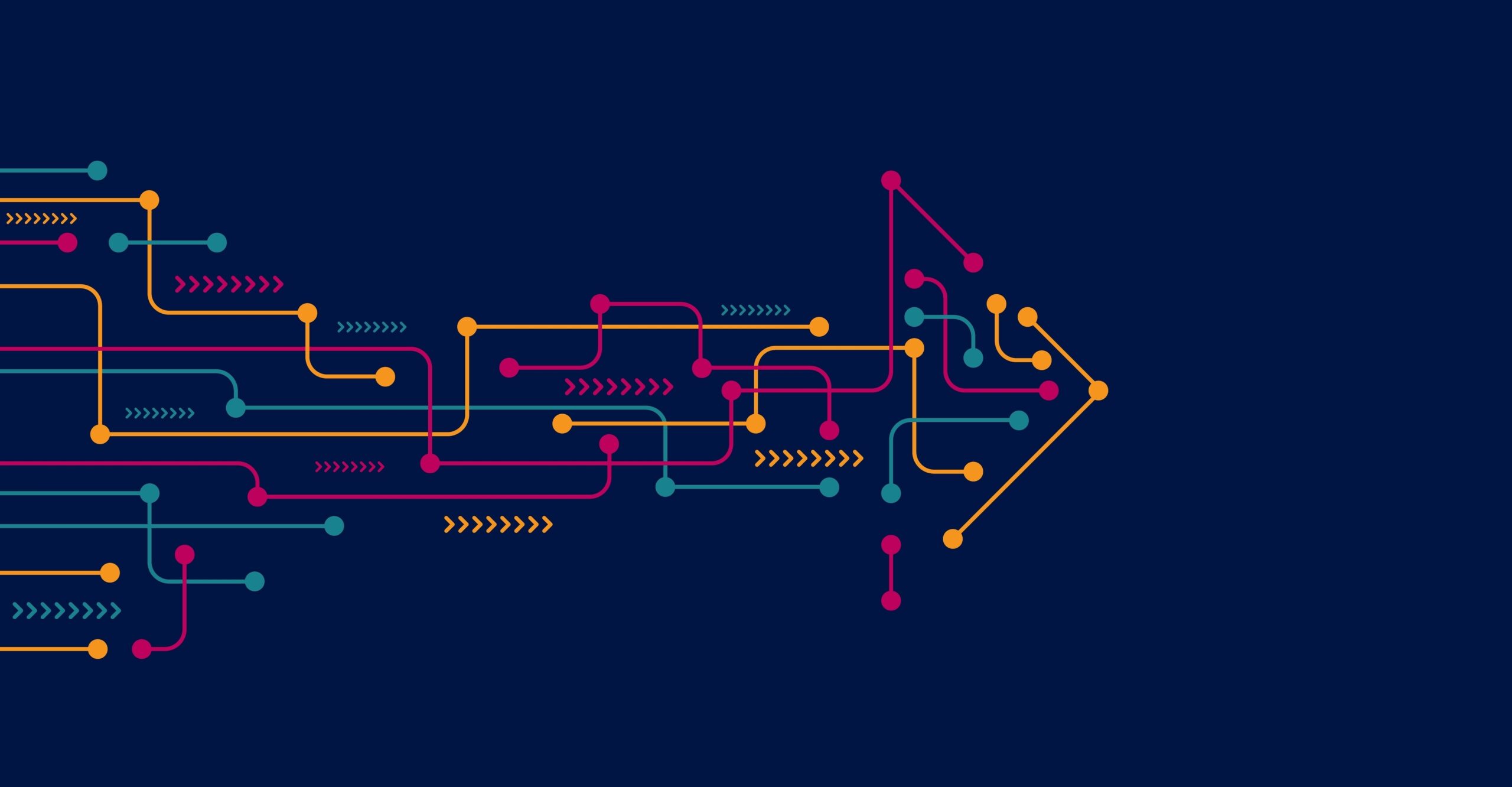Tag: Democracy

Violence and the Backfire Effect
*This article was written by former Director of Applied Research Jonathan Pinckney. Any movement that seeks to stand up against powerful opposition and advocate on important political issues must be...

The Horizons Project Discusses Sensemaking
Get to know The Horizons Project team better, as our Chief Network Weaver Julia Roig and our Director of Partnerships and Outreach Tabatha Pilgrim Thompson share their own approaches to sensemaking in one of the episodes...

Presenting Horizons Presents
There are two types of people in the world, those that like podcasts and those that do not. If you’ve checked out any of our VISTAS, then you know that...

Rethinking “Polarization” as the Problem
On June 6, 2022 Horizons’ Chief Network Weaver Julia Roig, shared the main stage at Rotary’s 2022 Presidential Conference in Houston with Gary Slutkin, the founder of Cure Violence and Azim Khamisa, the founder...

Authoritarianism: How You Know It When You See It
What is democracy? Forms of rights-based representative government in which: elected government leadership is constrained by constitutionalism, the rule of law, the separation of powers, the free expression of the...

Forgiveness, Accountability, and Societal Healing
The Horizons Project is partnering with Rotary International to explore how to embed concepts and practices of forgiveness, accountability, and societal healing within Rotary clubs and their partners around the world.Forgiveness is often...

Sensemaking
One of the three lines of work of The Horizons Project is “sensemaking.” As organizers and coalition-builders who believe in the power of emergent strategy, the practice of sensemaking is something...

Kicking Off the Horizons Project
We are thrilled to announce that in January 2022, The Horizons Project has launched under the auspices of our fiscal sponsor, the New Venture Fund. We are very grateful for the...

Meet the Horizons Team!
The Horizons team is made up of experienced organizers, facilitators and trainers with a deep commitment to prioritizing relationships with all our partners. We look forward to finding ways to...

